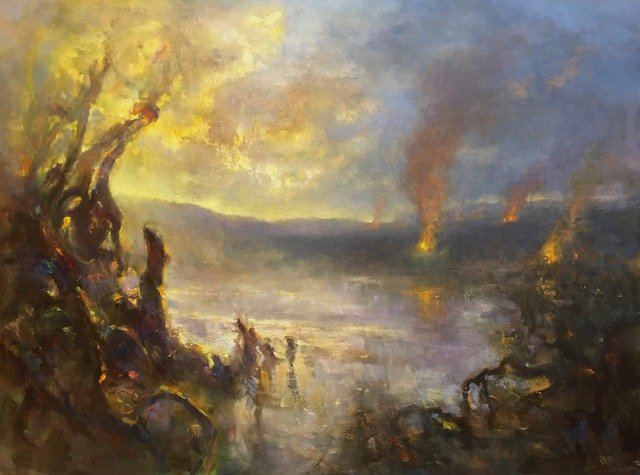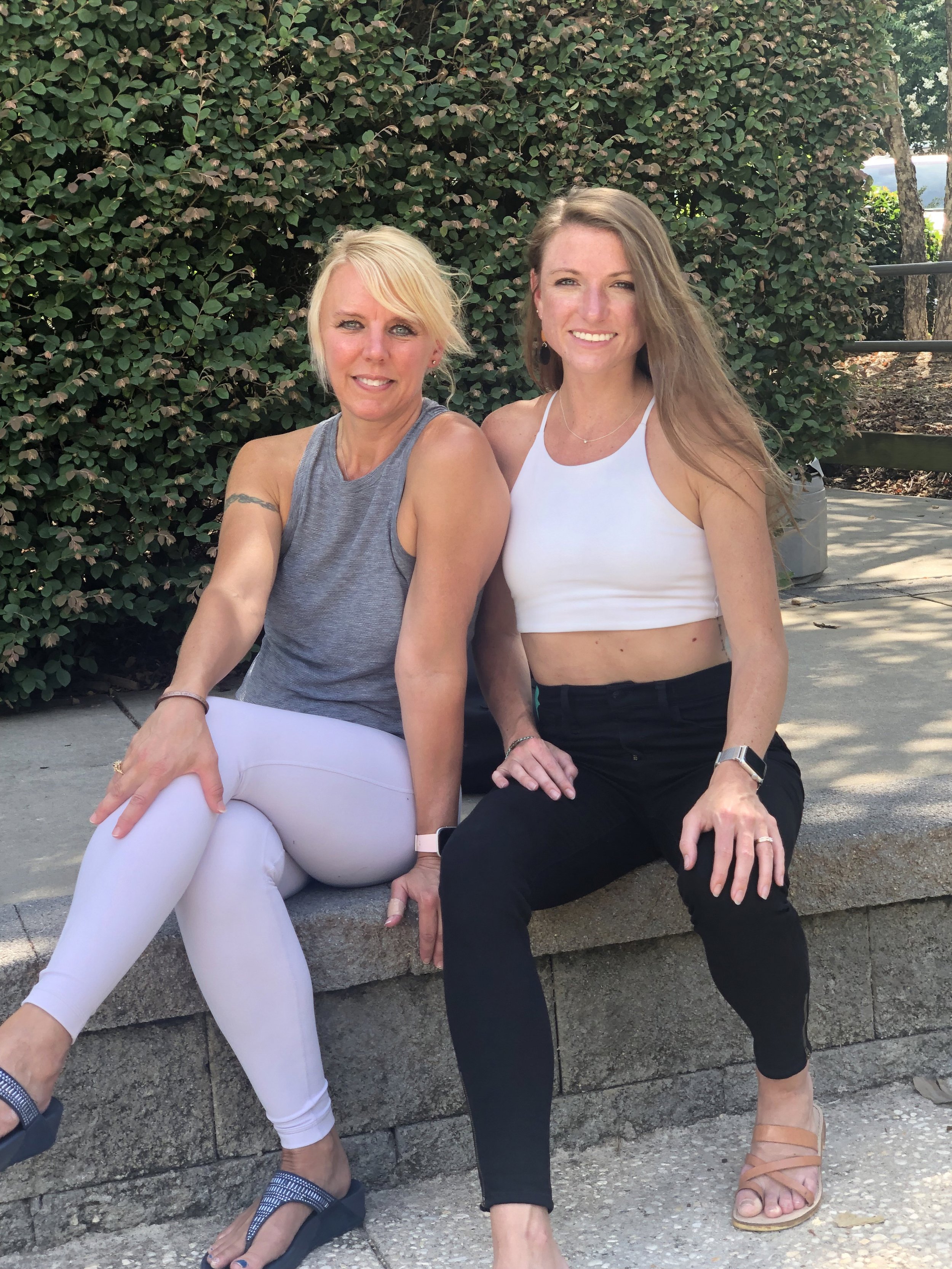Shared by our friends at 701 Center for Contemporary Art
Marielle Plaisir R. Bridges.
An exhibition series that in 2019 originated at 701 Center for Contemporary Art in Columbia, S.C., and is rapidly becoming the most important annual show of contemporary art made in the U.S. South is coming to 701 CCA for the second time. South Arts Southern Prize & State Fellows 2021 will open at the center on January 20 and run through March 6, 2022. Due to an increase in COVID-19 cases in South Carolina, there will be no opening reception, but 701 CCA hopes to present several events to accompany the exhibition. The show will include Charleston, S.C., artist Fletcher Williams III, who was the 2021 Southern Prize Finalist, or runner-up, and Florida’s Marielle Plaisir, the 2021 Southern Prize Winner. After 701 CCA, the 2021 exhibition’s second stop, the show will travel to North Carolina and Florida.
701 CCA initiated the first Southern Prize exhibition in 2019 in partnership with South Arts, the umbrella organization for state arts agencies in nine Southern states. South Arts launched the Southern Prize & State Fellows awards project in 2017, the first two years without an exhibition component. The inaugural 2019 exhibition traveled from 701 CCA to the Bo Bartlett Center in Columbus, Ga., which since also has hosted the 2020 and 2021 exhibitions.
“Each year that South Arts makes these awards, we are awed by the depth and artistry in our region,” South Arts president and CEO Suzette M. Surkamer, a former head of the South Carolina Arts Commission, wrote in the exhibition catalogue. When South Arts in 2017 launched the first cycle of Southern Prize and State Fellowships recipients, Surkamer wrote, “we did not know what to expect and were positively blown away by the response.” The current cohort, Surkamer wrote, reminds us “what it means to be resilient.” The emotionally taxing times of COVID-19, political upheaval and urgent calls “for long overdue justice and equity” did not stop the 2021 South Arts fellows, Surkamer added. “Each artist took what 2020 gave them and declared that 2021 will be brighter and stronger.”
For the Southern Prize, artists from Alabama, Florida, Georgia, Kentucky, Louisiana, Mississippi, North and South Carolina and Tennessee can submit a portfolio of their work. An independent jury selects one fellow from each state, from which a second jury panel selects two finalists for the Southern Prize. Each state fellow receives $5,000, the Southern Prize runner-up receives and additional $10,000, and the winner, and additional $25,000. Both finalists also receive a residency at the Hambidge Center for Creative Arts and Sciences in Rabun Gap, Ga. South Arts has so far awarded $400,000 through the project to contemporary artists living and working in the South.
Joyce Garner Pears
In addition to Williams and Plaisir, the artists in the current exhibition are Tameca Cole of Alabama, Raheleh Filsoofi of Tennessee, Joyce Garner of Kentucky, Myra Greene of Georgia, Jewel Ham of North Carolina, Ming Ying Hong of Mississippi and artists duo Keith Calhoun and Chandra McCormick of Louisiana.
The 2021 cohort of South Arts fellows is the most diverse group to date. Of the six American-born artists, all but Garner are African American. Filsoofi is from Iran, Plaisir was born in France but has roots in Guadeloupe and Hong was born in China but raised in Los Angeles.
Saturday, January 20 – March 6, 2022
More about SC artist Fletcher Williams III
North Charleston, SC, native and resident Fletcher Williams III (b. 1987) has shown his work in more than two dozen exhibitions since receiving his BFA at New York’s Cooper Union in 2010. Among the mixed media artist’s five solo exhibitions are Traces at 701 Center for Contemporary Art in Columbia, SC, in 2018 and Promise Land in 2020 at the historic Aiken-Rhett House in downtown Charleston, SC. The latter was a venue-wide exhibition in which Williams engaged the urban plantation’s grounds and indoor spaces with his paintings, sculptures and installations. Among the group shows that included Williams’ work are those at the Museum of Contemporary African Diasporan Art, the Caribbean Cultural Center and Cooper Union, all in New York City; Gateway Project Spaces in Newark, NJ; the San Diego Museum of Contemporary Art + African American Museum of Fine Art in California; the Mint Museum and Hodges Taylor Gallery in Charlotte, NC; the Mann-Simons Site and McKissick Museum in Columbia, SC; and several venues in Charleston and elsewhere in South Carolina. At the Mint Museum, Williams was included in Coined in the South, a 2019–2020 overview of art in the US South. Williams’ work is in the permanent collection of Charleston’s Gibbes Museum, where he was a visiting artist in 2019. He worked on the set of the Amazon Prime series The Underground Railroad, and his work has been discussed in some two-dozen publications, including the Wall Street Journal and the New York Times.















































